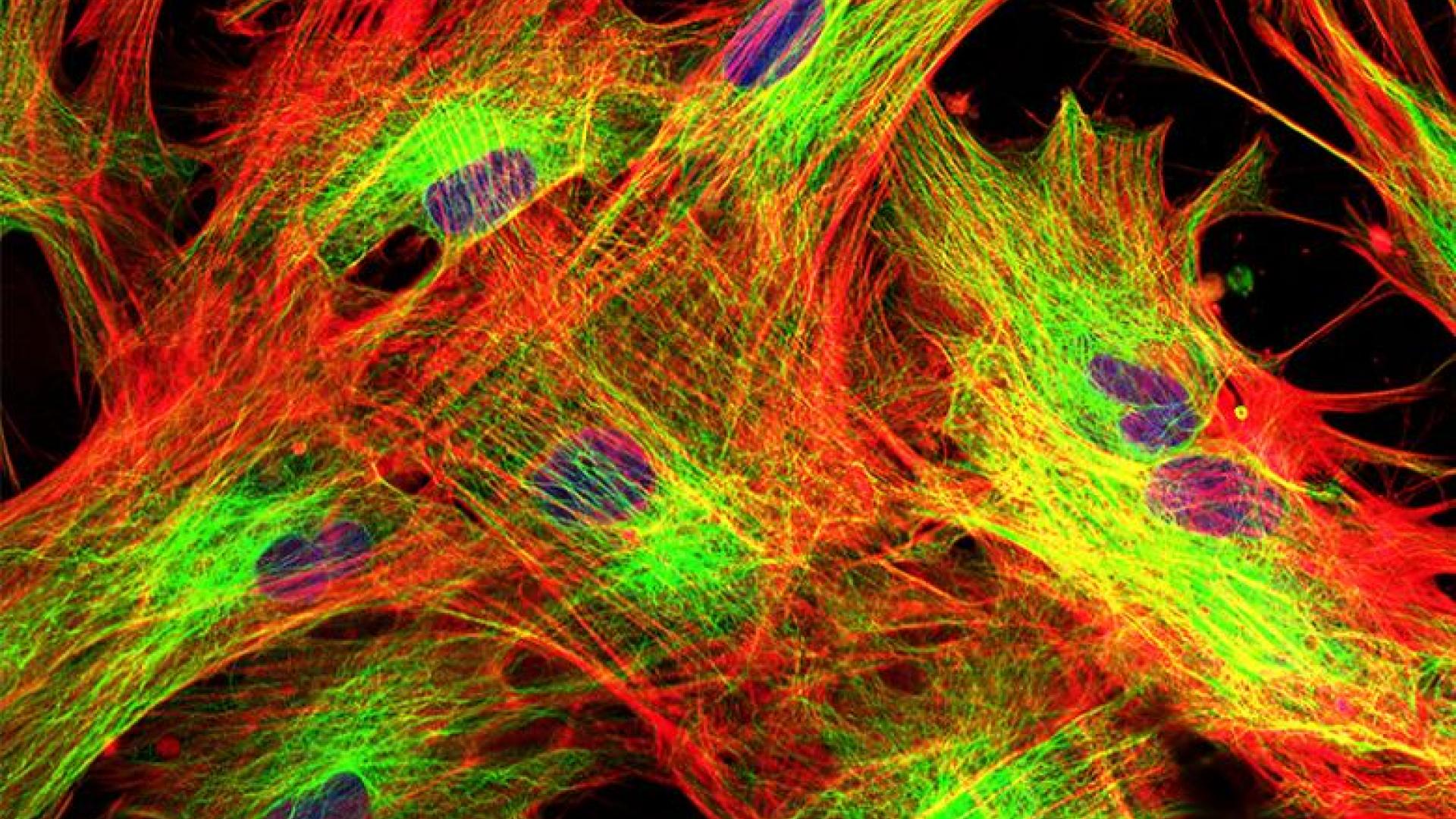
Learn about the disproportionate impact of glaucoma on racial and ethnic minorities.
A Long History of Health and Social Inequity
Growing evidence demonstrates the unequal impact of COVID-19 on racial minorities, including Black and Latinx individuals. The longstanding systemic health and social inequities have resulted in increased rates of hospitalization or death from COVID-19 for non-Hispanic Black, American Indian or Alaska Native, and Hispanic or Latino people compared to white people (CDC). Unfortunately, the burden of glaucoma in the U.S. also reflects the disproportionate impact of glaucoma on racial minorities.
Glaucoma: Racial and Ethnic Disparities
This article will focus mainly on primary open-angle glaucoma, although Asians are at higher risk of having angle-closure glaucoma.
Many large population studies have demonstrated the disparities in how common glaucoma is (prevalence) across different racial and ethnic groups. These studies have found that Blacks and Latinx individuals have a greater risk of developing glaucoma than white individuals. For example, accounting for all age groups, the prevalence of open-angle glaucoma is twice as high in Blacks as compared to white Americans in 2010 (NEI data). Latinx and Hispanic individuals also have an increased incidence of glaucoma as they get older when compared to white individuals.1,2 Race/ethnicity, specifically Black and Latino/Hispanic, is a risk factor for open-angle glaucoma.
Blacks also tend to be younger than white counterparts when diagnosed with glaucoma. Epidemiologic studies have also demonstrated that Blacks have more optic nerve damage from glaucoma at the time of diagnosis and that their glaucoma is more difficult to treat. Finally, the risk of blindness is higher in Black people with glaucoma.3,4,5,6,7
Recent and Ongoing Research
There are several ongoing studies examining the ocular and genetic determinants of glaucoma in Black patients, including the Primary Open-Angle African American Glaucoma Genetics study and the African Descent and Glaucoma Evaluation study. However, here we focus on the social determinants that may be playing a role in eye health and glaucoma for racial minorities.
Social determinants of health are “conditions in the environments in which people are born, live, learn, work, play, worship, and age that affect a wide range of health, functioning, and quality-of-life outcomes and risks.” Examples of social determinants of health include access to health care services, social norms and attitudes (e.g., discrimination and racism), availability of resources to meet daily needs, and access to educational, economic, and job opportunities.
A recent study examined the impact of a patient’s ethnicity and insurance coverage on the odds of receiving commonly used tests to diagnose and monitor glaucoma. The study showed that Medicaid patients were less likely to receive a visual field or optic nerve imaging (two tests commonly used in glaucoma care) compared to patients who had commercial (private) insurance. The difference was stark: Medicaid patients were approximately 3.3 times less likely to receive one of these tests compared to commercial insurance patients. Moreover, Black Medicaid patients had even higher odds of not receiving these tests compare to white or Latinx/Hispanic patients.
This is of major concern since these tests are needed to make appropriate treatment plans, and there are higher rates of blindness associated with glaucoma among Black individuals, as described above.
This study shows there are inequities in the quality of health care for glaucoma patients based on race and type of insurance coverage. Physicians and eye care providers need to recognize these inequities and strive to follow best practices and clinical guidelines of care, irrespective of a patient’s race/ethnicity or insurance coverage. Medical schools and health care institutions need to focus on teaching their providers about implicit bias, which are attitudes or stereotypes that affect our understanding and actions in an unconscious manner.
Steps You Can Take
What can patients do to combat these issues regarding access to high-quality glaucoma care?
- Educate Yourself About the Disparities
The fact that you are reading this article about glaucoma disparities is an important first step since education is key to being able to advocate for yourself. - Understand Glaucoma
Understanding the chronic nature of glaucoma and the importance of permanent treatment and ongoing follow-up is critical. Recognizing that regular use of medications despite the lack of symptoms is also crucial. - Find a Trusted Eye Doctor
Finding an ophthalmologist you trust and who discusses your concerns about issues such as treatment cost, the frequency of visits and testing, and access to appointments is also important.
About BrightFocus Foundation
BrightFocus Foundation is a premier global nonprofit funder of research to defeat Alzheimer’s, macular degeneration, and glaucoma. Since its inception more than 50 years ago, BrightFocus and its flagship research programs—Alzheimer’s Disease Research, Macular Degeneration Research, and National Glaucoma Research—has awarded more than $300 million in research grants to scientists around the world, catalyzing thousands of scientific breakthroughs, life-enhancing treatments, and diagnostic tools. We also share the latest research findings, expert information, and resources to empower the millions impacted by these devastating diseases. Learn more at brightfocus.org.
Disclaimer: The information provided here is a public service of BrightFocus Foundation and is not intended to constitute medical advice. Please consult your physician for personalized medical, dietary, and/or exercise advice. Any medications or supplements should only be taken under medical supervision. BrightFocus Foundation does not endorse any medical products or therapies.
- Health Equity









